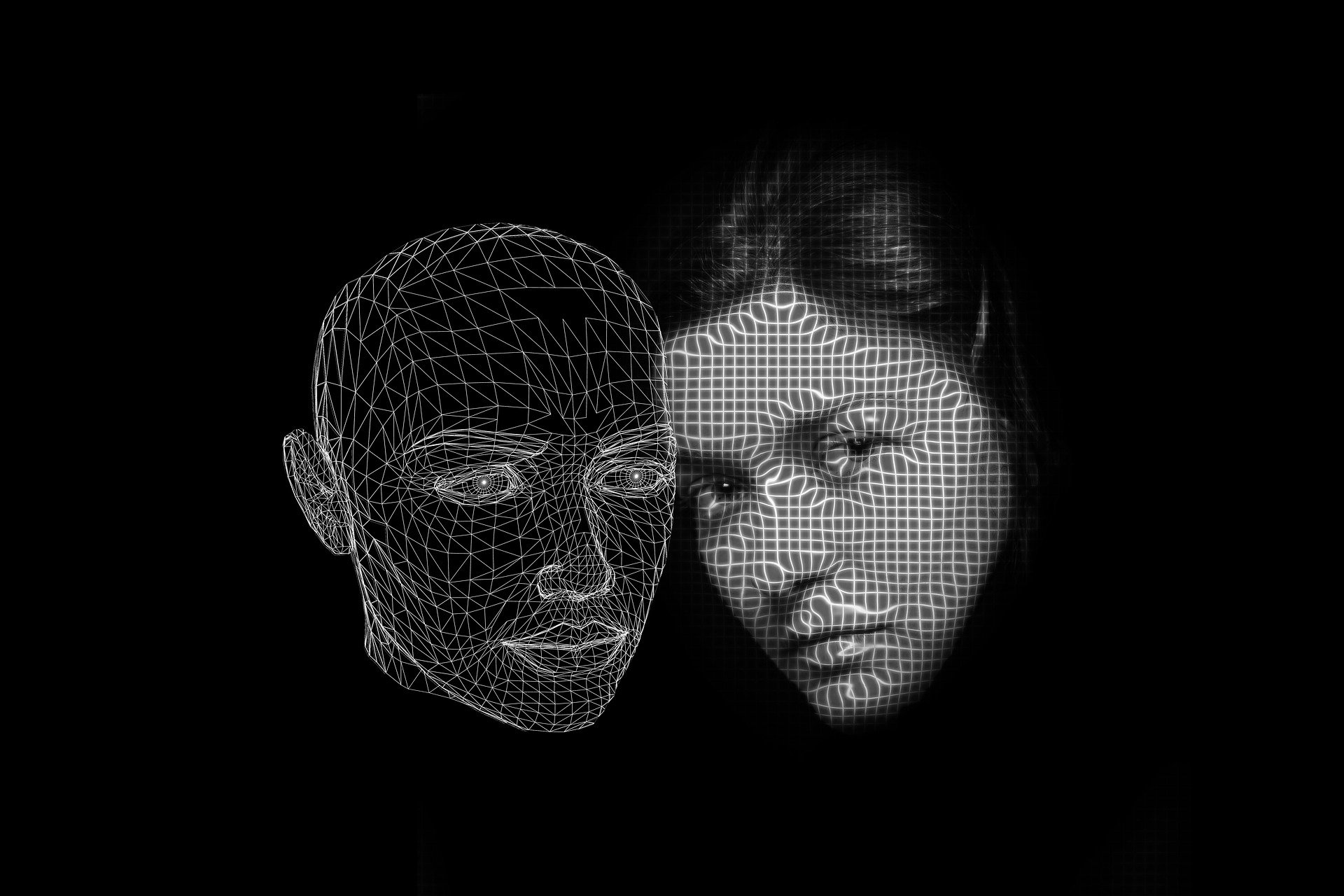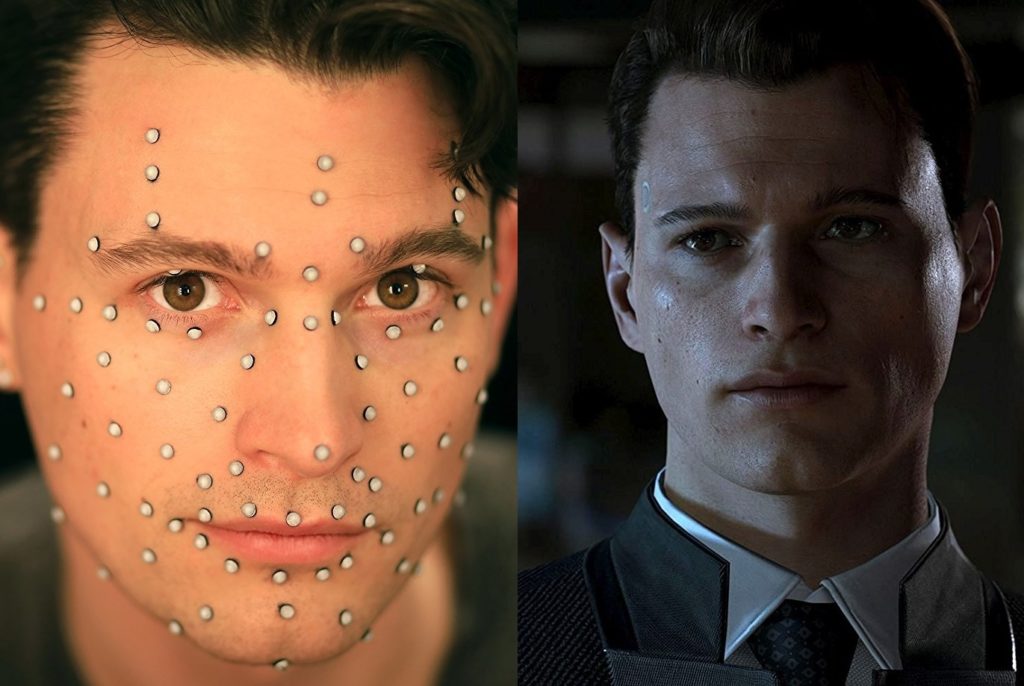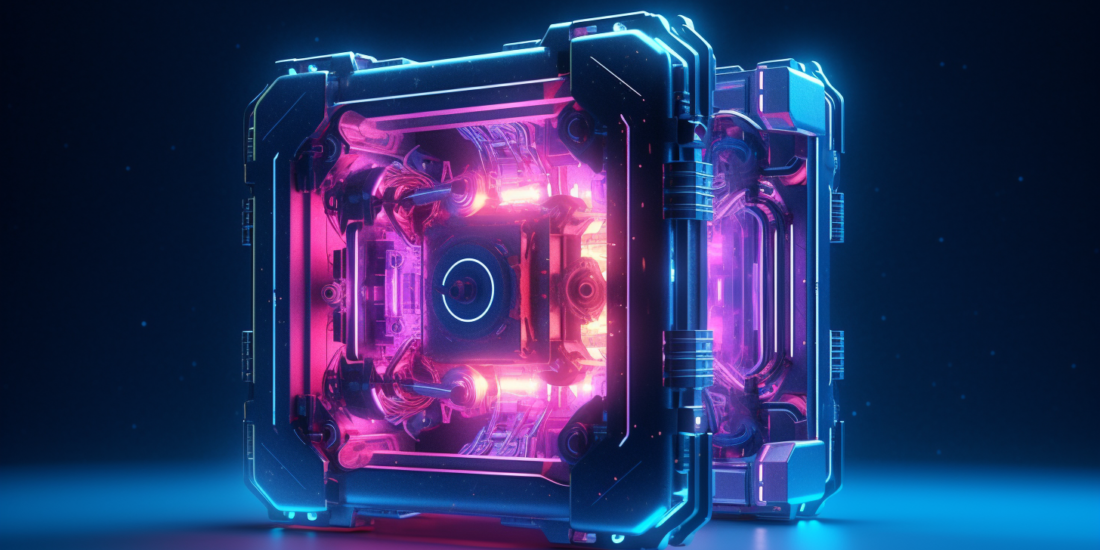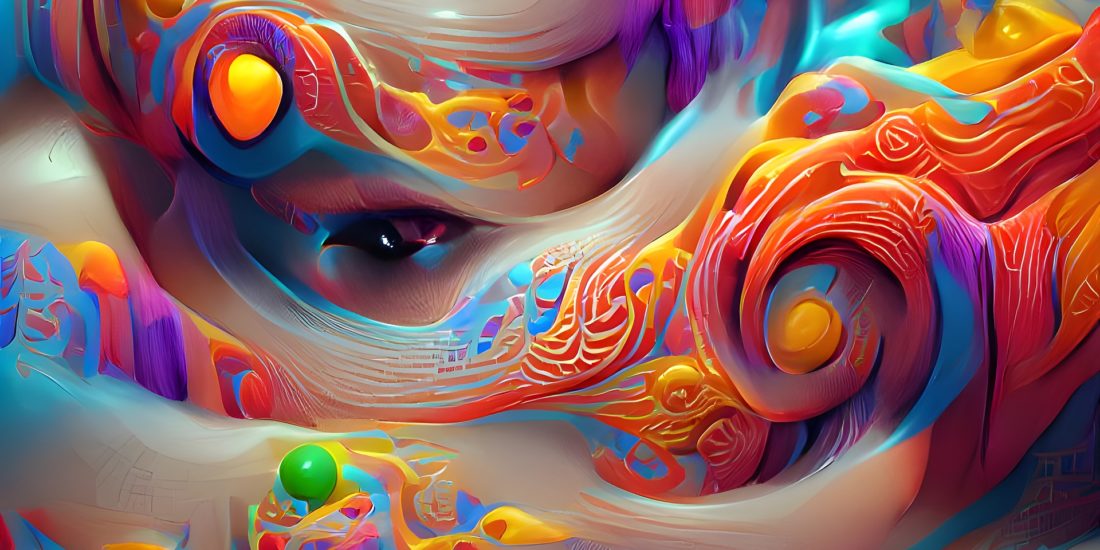
Deepfake : dangerous or amazing technology?
Deepfake (noun)
/ˈdiːpfeɪk/
A video of a person in which their face or body has been digitally altered so that they appear to be someone else, typically used maliciously or to spread false information.
By reading the definition, this can’t be good…Let’s take a closer look.
Seemless results?
As time goes by, deepfake technology keeps evolving and gains more and more precision. Take for example this video of Chris Pratt as Harrison Ford in Indiana Jones, the results are quite impressive (you can still see some defects, but it’s still convincing).
Without getting into too much details, deepfake implies the use of AI and, of course, deep learning. By collecting hundreds or even thousands pictures, a system of encoder and decoder extracts the most important features of face A and face B, recreates the original input and transfers face B to replace face A (I make it sound easy, but it’s actually a very long, expensive and complex process).
The very first cases of deepfakes come from the porn industry (yeah, you read it right). They cast actors looking like famous stars and use deepfake in order to get convincing results. It obviously lead to misunderstandings and scandals because they are creating fake content that could severely compromise anybody’s reputation. It appears that this technology has also been used to blackmail individuals by putting their faces on pornographic content…
Fake news and privacy
You probably guessed it, deepfake could be turned into a very dangerous weapon to spread fake news, to ridicule celebrities, or even tarnish the reputation of politicians. Impersonation, libel, violence…This could seriously lead to confusion: how can we distinguish what’s true and what’s not?
Detecting fake news on social platforms is going to become more and more challenging if we want to keep Internet safe for everyone. Hopefully for us, Facebook is working on it. In the meantime, make sure to follow trustworthy newspapers and take everything with a grain of salt.
Another question arises when we talk about apps using deepfake for entertainment, such as FaceApp: is our privacy put at risk? According to Yaroslav Goncharov (FaceApp CEO), “the app’s terms of service and permissions are nothing to panic over, because the company isn’t doing anything nefarious with your data.” Back when the app blew up, American authorities were worried about personnal data being stolen, but FaceApp claims that it deletes many photos from its servers within 48 hours (and many users do not log in). If you’re scared for your personnal information, make sure to download the official apps, check the terms of service or use a VPN to ensure your anonymity online.
Visual effects

In the filmmaking industry, deepfake has been used fairly: one of the first deepfake ever showcased was in the 90s for the movie The Crow. It was used to finish it after the tragic on-set death of lead actor Brandon Lee. Same with Paul Walker years later with Fast and Furious 7 where deepfake has been used on his brother to mimic the missed actor. In both cases, it was perceived as a beautiful homage for two talented and beloved actors.
For the past decade, VFX (Visual effects) kept going beyond everything we could ever imagine, bringing to our screens the craziest landscapes, creatures, etc. Furthermore, CGI (Computer-Generated Imagery) and motion capture are gaining more and more precision, making movies and videogames more realistic than ever, with precise reproduction of human emotions and textures (clothing, skin, fur…).
Conclusion
Let’s face it, deepfake is a fascinating and complex technology. What makes it safe or dangerous is HOW we use it. The reason why it’s disturbing is how it tricks our human eyes: if we only believe what we can see with our own eyes, how can we trust ourselves in decoding what’s true or false? Let’s wait and see how far AI can go.





